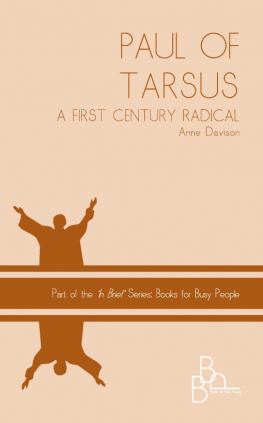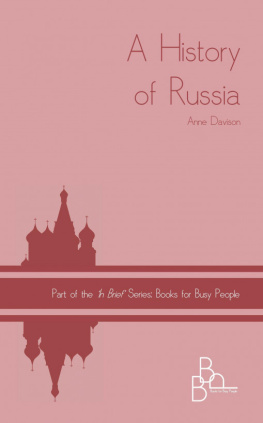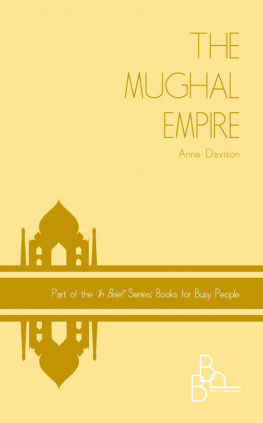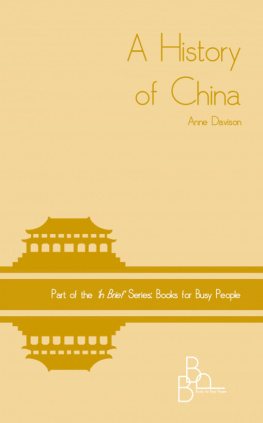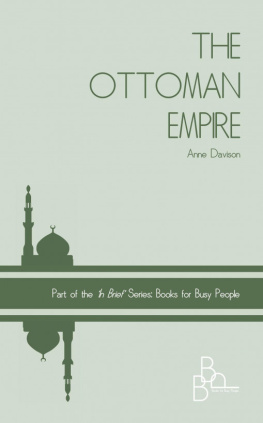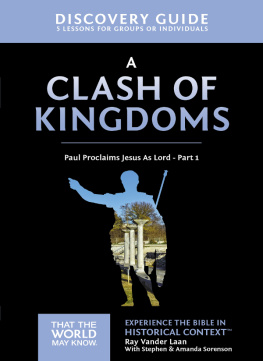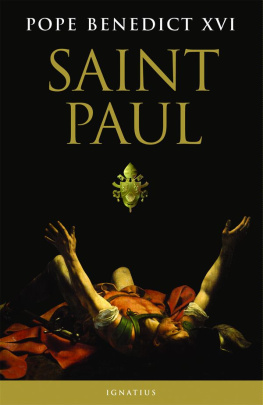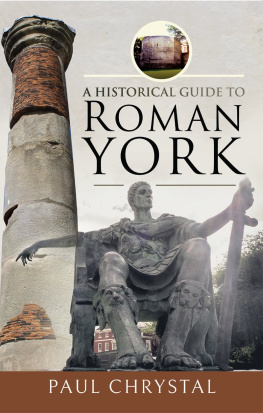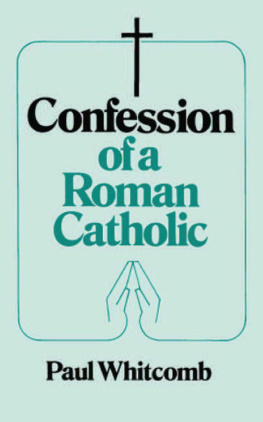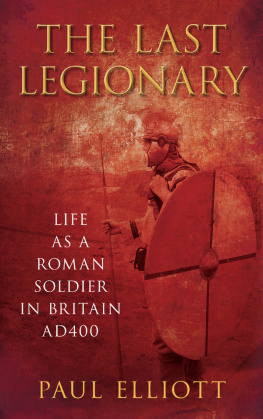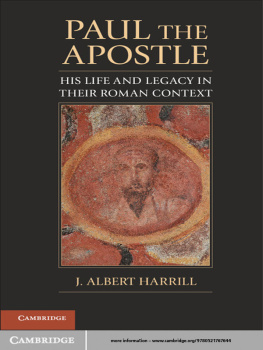PAUL OF TARSUS:
A First CenturyRadical
by Anne Davison
Copyright2013 AnneDavison
Smashwords Edition
This ebook is licensed for your personal enjoymentonly. This ebook may not be re-sold or given away to other people.If you would like to share this book with another person, pleasepurchase an additional copy for each recipient. If you're readingthis book and did not purchase it, or it was not purchased your useonly, then please return to Smashwords.com and purchase your owncopy.
Thank you for respecting the hard work ofthis author
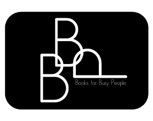
OTHER BOOKS BY THE SAMEAUTHOR
A History of Central Asia
A History of China
A History of Russia
Abrahams Children: Jew, Christian, Muslim:Commonality and Conflict
From the Medes to the Mullahs
Making Sense of Militant Islam
The Holy Roman Empire
The Mughal Empire
The Ottoman Empire
http://www.inbriefbooks.com
TABLE OFCONTENTS
MAPS
The GreekWorld
Empire of Alexanderthe Great
The JewishDiaspora
Pauls FirstJourney
Pauls SecondJourney
Pauls ThirdJourney
Thisis the second book in the In BriefSeries: Books for Busy People ; the firstone being From the Medes to the Mullahs: ahistory of Iran , published in 2013. As inthe previous book, the content began as a series oflectures.
This book places Paul in his historicalcontext; the Graeco-Roman world of the first century.
Part One of the book explains how theEastern Mediterranean came to be Greek in culture but Roman ingovernment.
Part Two covers the life of a Jew, or earlyChristian living at that time under Roman rule.
Part Three follows the lifeof Paul; a Roman Citizen, an urban, well-educated Jew of the Diaspora ; born inTarsus, which was then a prosperous and cosmopolitan portcity.
This is not anotherBiblical study on the life of St Paul, or a work of Christianapologetics. Rather it looks at the radical Jew of the FirstCentury who challenged the statusquo .
Until his conversion experience Paul wasknown by his Hebrew name of Saul. However, I shall use the morefamiliar name of Paul throughout, except for the part of the bookthat covers his early life.
Since this is not a work of Biblicalscholarship, I shall refrain from quoting each relevant text, apartfrom referring, where applicable, to an actual book of the NewTestament.
A word about dating: I have used BCE (Beforethe Common/Current Era) rather than BC, but I have retained themore familiar AD.
It is often said that without Paul the Apostle, there wouldhave been no Christian Church. Certainly, it was Paul who took themessage of Christ beyond the region of Palestine to the Gentiles ofAsia Minor, and it was Paul who established the first Churchesacross Anatolia and beyond into the Greek Peninsula. It is arguablethat if it had not been for Paul, the Church would not have becomethe worldwide Faith that it is today.
Paul was born a Jew around the year 5 AD. Heconverted to Christianity and lived until he was about 62 yearsold. Key to understanding the legacy of Paul is the fact that hewas a Roman citizen, living in a Graeco-Roman world. In otherwords, he lived under Roman rule but the culture at the time wasGreek, often referred to as Hellenistic. As a Jew he also sharedthe Hebrew culture of his upbringing. And he was highlyeducated.
This book sets the scene for Paul, placinghim in his historical context. It addresses how, for example, Paulthe Jew happened to be a Roman citizen who spoke Greek. As aGreek-speaking Roman Citizen he was able to travel around AsiaMinor in a way that would have been impossible for most PalestinianJews of the time. In other words, it was Pauls status as a Romancitizen, with the freedom to travel around the Roman Empire, whichfacilitated the spread of Christianity in the First Century.
In order to understand the history of anarea, it is useful to start by looking at the geography. If weconsider the ancient trade routes, we realise just how importantthis part of the Eastern Mediterranean has always been in terms oftrade.
Goods from Western Europe used to cross theMediterranean Sea to the ports along the coasts of the Levant.Tarsus, the birthplace of Paul, was one such port. From theMediterranean ports the goods then went overland along the SilkRoad to India and China. Cities such as Damascus and Aleppoprovided clearing houses or trading centres for merchants fromacross the known world.
Alternatively, goods travelled by sea fromthe coastal ports of the Eastern Mediterranean, through the Red Seaand on around Arabia to India and beyond.
Trade brings wealth and wealth brings powerand so its not surprising that over the centuries different powershave fought for control over the region. And it was not just goodsthat travelled along the trade routes; equally, if not moreimportantly, philosophical and religious ideas were exchanged amongthe traders who travelled backwards and forwards.
The Levant and Anatolia, which is modern dayTurkey, provide a bridge between East and West. Here is the centreof the world where East meets West and North meets South. Heredifferent religions and cultures have both coexisted andconflicted. And here some of the greatest empires have risen;empires that have conquered, ruled and left their legacy.
The Greek city-states
In around 550 BCE the Greeks and Phoenicianswere both great maritime traders, ruling the seas of the knownworld. The Greeks founded colonies all around the EasternMediterranean and the Black Sea. The Greek mainland at the time wasover populated and provided insufficient land for cultivation.Therefore - as with colonists throughout history - many left toseek a better life overseas and they set up city-states around thecoasts of the Mediterranean, as far away as Marseilles in France; aport that became one of their most important trading centres.
Colonies were also founded around the BlackSea. Istanbul, for example, was originally a Greek city-statecalled Byzantion (Byzantium), which was founded by Greeks fromMegara, a town near Athens, around 657 BCE. Much of the coastalarea and islands of Turkey were settled by Greeks and this Greekinfluence continued until, and beyond, the time of Paul. Greek, forexample, remained the common language in the Western coastal areaof ancient Persia until the fourth century AD, when the SassanidPersian dynasty, replaced it with Persian. And Greek remained thecommon language throughout the period of the Eastern Roman Empire,and its successor the Byzantine Empire, until the arrival of theArabs, which began in the 7th Century AD.
It is also interesting to note that as farback as 550 BCE, the island of Cyprus was divided between two rivalpowers: the Greeks occupied the North of the island and thePhoenicians the South. Still today the island is divided, but nowthe division is between Greece and Turkey.
These city-states were autonomous andself-governing. Their loyalties lay with their particular homecity on the Greek mainland rather than with other city-states. Theonly thing that linked the cities was the Greek language, cultureand religion.
The Phoenicians
The Phoenicians were alsoseafaring people and were famous for their trade in a purple dyethat was made from small shells, or murex , which was found on the shoresof todays Lebanon. This particular dye, which was very expensive,was used to manufacture the purple clothes worn by the RomanEmperors. The wearing of imperial purple was then inherited fromthe Romans by Christian bishops, and is still worn by bishops inthe historic churches today. The Phoenicians were also the firstsociety to make use of a simple form of alphabet known as thePhoenician phonetic Alphabet, which is considered to be theforerunner of many modern alphabets.
Next page
